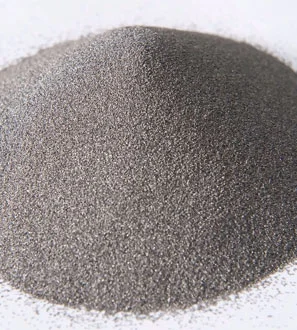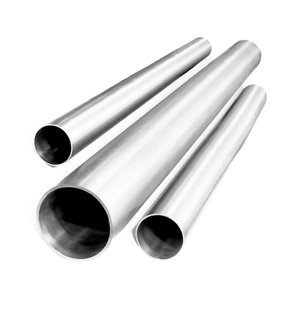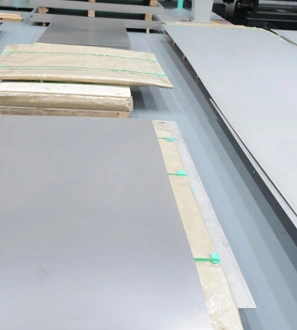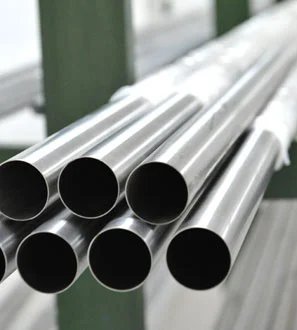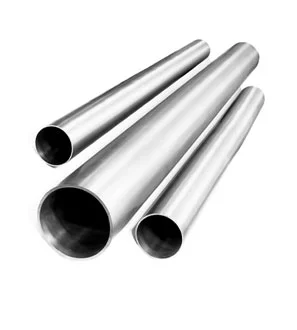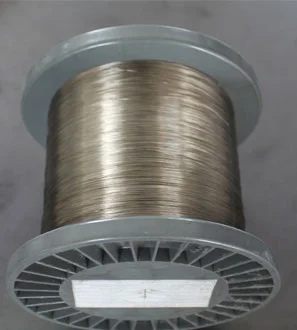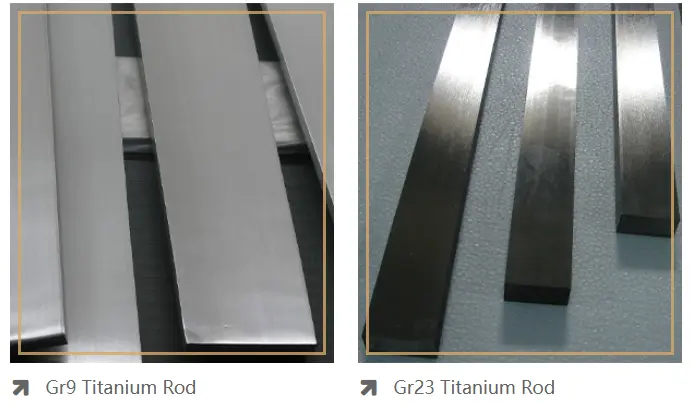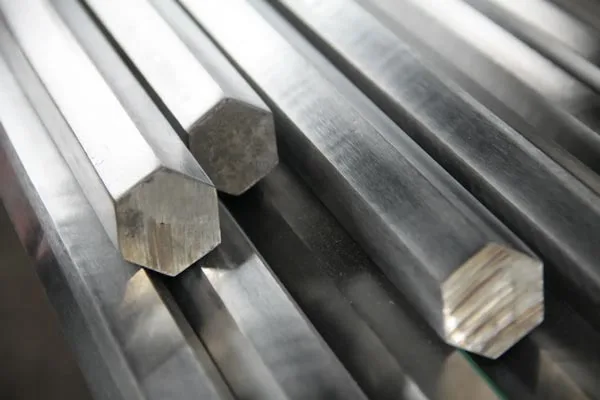Thank you for your
attention on Yesheng !
What Are The Factors That Affect Titanium Welding?
Welding constitutes a pivotal process in the production of titanium equipment, offering a range of methods whose selection depends on the design structure and specific application conditions of titanium components.
The guiding principles for selecting welding methods prioritize the assurance of welded joint quality, heightened production efficiency, ease of operation, and cost-effectiveness. Of these, the paramount focus lies on ensuring the quality of welds. Only through a comprehensive understanding of all factors impacting welding quality can the objective of guaranteeing the quality of welded joints be realized.
1. Impact of Gas Impurities on Weld Metal Properties
Titanium, possessing elevated chemical reactivity, demonstrates a pronounced affinity for oxygen and nitrogen in ambient air. At lower temperatures, titanium reacts with oxygen, forming a dense oxide film. As temperatures rise, the oxide film thickens, and beyond 600 degrees Celsius, titanium begins absorbing and dissolving oxygen. The influence of oxygen intensifies with elevated temperatures, leading to the vigorous formation of titanium oxides. Hydrogen absorption commences above 300°C, while nitrogen absorption initiates beyond 700°C. Oxygen exerts a greater impact compared to nitrogen.
Hydrogen, within the mass fraction range of 0.01% to 0.05% in forge welding titanium, induces a drastic reduction in the impact toughness of weld metal, with a relatively minor decrease in plasticity—a phenomenon referred to as hydrogen embrittlement. Hydrogen also serves as the root cause of weld porosity.
During fusion welding, the molten pool functions as a miniature metallurgical furnace, exposing molten metal to the atmosphere. Without adequate protective measures to isolate molten metal from the air, gases like oxygen, nitrogen, and hydrogen infiltrate titanium, forming brittle oxides or nitrides. This diminishes the plasticity of the weld metal, elevates tensile strength, and may lead to catastrophic brittle fractures, rendering plasticity null.
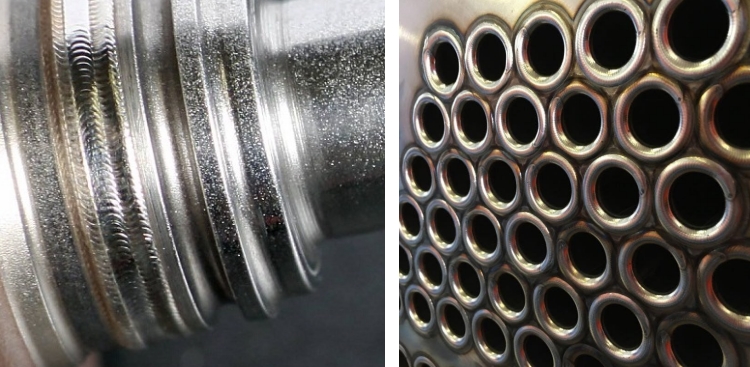
2. Influence of Other Impurities on Weld Metal Properties
Beyond gas impurities, other contaminants may enter the molten pool, originating from an unclean welding environment, contact with dirty gloves, or the presence of oil, cotton fibers, rust, moisture, and organic compounds. These impurities undergo decomposition under the high arc temperature, dissolving into titanium. Exceeding the solubility limit results in the formation of compounds such as titanium dioxide, titanium hydride, titanium nitride, and titanium carbide. These compounds, incorporated during crystallization of the molten pool, induce distortion in outer regions, altering the mechanical properties of titanium wire and welding titanium tubing.
While the incorporation of trace elements in small amounts may be acceptable or even desirable, an excess of impurity elements, particularly organic impurities, is strictly prohibited. Such impurities degrade the mechanical properties of titanium welds, diminishing corrosion resistance and acting as sources for weld porosity, especially in windy conditions.
3. Structural Changes in Weld Metal and Heat-Affected Zone
Titanium undergoes allotropic transformations, with solid-state transformation beginning at 886°C. Below this temperature, the crystal structure is hexagonal (α-titanium), transitioning to body-centered cubic (β-titanium) above 886°C. This rapid transformation, occurring during the molten pool's transition from liquid to solid, influences crystalline form. A longer instant favors columnar crystal growth. Due to titanium's characteristics—high melting point, large heat capacity, and poor thermal conductivity—energy input and forced cooling during welding affect the molten pool differently in high-temperature conditions. A slightly longer instant facilitates columnar crystal growth in the molten pool, expanding the joint's heat-affected zone and contributing to decreased weld joint plasticity. Tensile strength failures often manifest in the heat-affected zone. To mitigate this, softer welding specifications are recommended for titanium welding, involving smaller welding energy and faster cooling rates.
4. Porosity as a Common Weld Defect in Titanium
Porosity is a prevalent defect in titanium welding, stemming from gases incorporated into the liquid metal during welding. Processes such as diffusion, desolvation, nucleation, and growth lead to bubble formation. Due to the swift solidification and crystallization of the molten pool, bubbles remain as pores in the solid metal. Gases causing porosity, such as hydrogen and carbon monoxide, derive primarily from the arc heat of organic matter pollutants. Even with thorough pre-weld cleaning and protection, porosity may persist in windy conditions, emphasizing the incomplete elimination of crucial pollution sources. Moisture in the air, often overlooked, emerges as a significant source of porosity, as evidenced by comparative experiments in varying air humidity environments.
 English
English 

